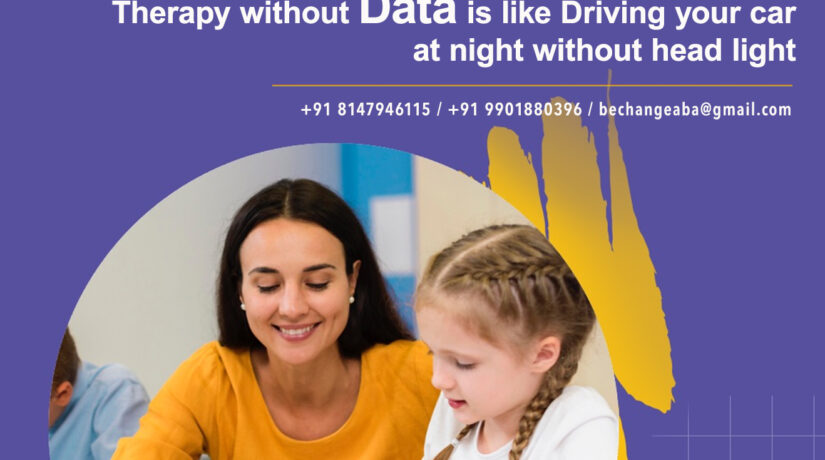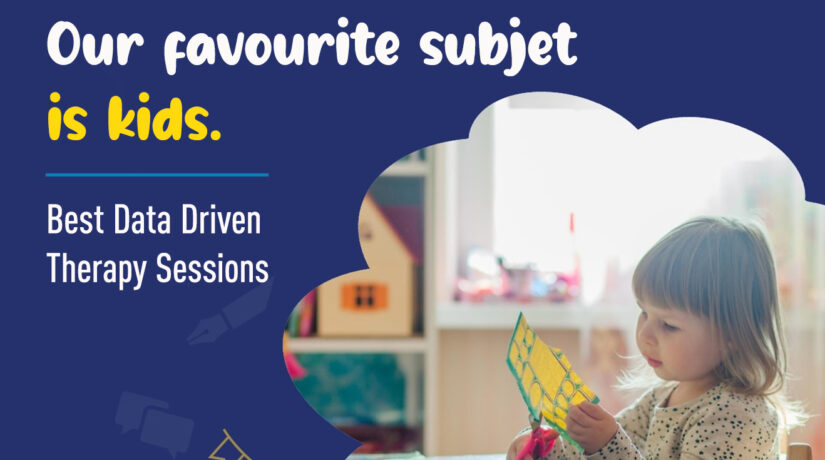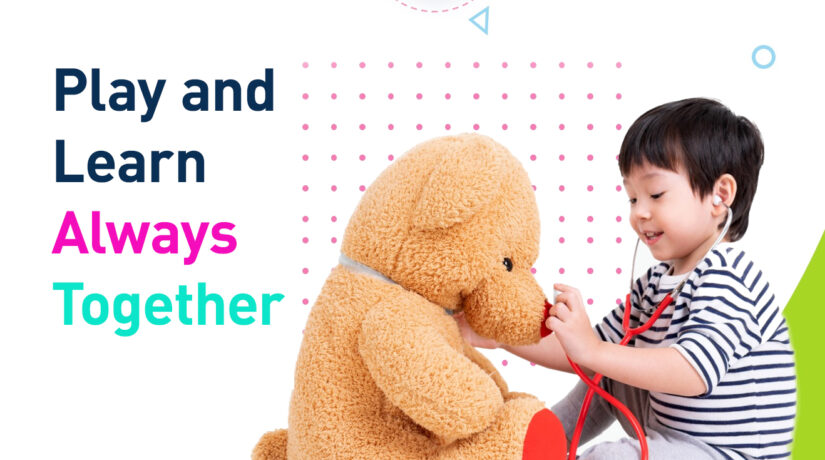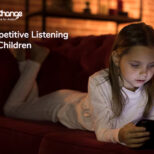One on One ABA Therapy
1-on-1 ABA therapy, or one-on-one Applied Behavior Analysis therapy, is a highly individualized approach to delivering ABA interventions. In this type of therapy, a trained therapist works directly with a single individual, typically a child with autism or another developmental disorder.
Enroll Your Child
Error: Contact form not found.
Imagine you have a special friend who helps you learn and grow in a fun and focused way. Well, 1-on-1 ABA therapy is a bit like that for kids who need some extra help. In this kind of therapy, a grown-up friend works with just one kid at a time, like a superhero sidekick! They make a special plan to help the kid with things they want to learn, like talking better, making friends, or behaving well.
Every time the kid does something really cool or tries hard, they get prizes or praise, like getting a gold star in school. The grown-up friend also takes notes to see how well the kid is doing and changes the plan if needed. They play games, do fun activities, and practice new skills to make sure the kid gets better at them.
The best part is that this special therapy can be done at home too, so the kid’s family can help them even more. It’s like having a team of helpers cheering for the kid to do their best and be their best!
1. **Personalization:** 1-on-1 ABA therapy is tailored to the specific needs, abilities, and goals of the individual receiving therapy. The therapist creates a personalized treatment plan that addresses the individual’s unique challenges and strengths.
2. **Intensive Support:** It offers intensive, one-on-one support, allowing the therapist to focus exclusively on the individual’s progress and needs during each session. This level of attention can be highly beneficial for individuals who require targeted interventions.
3. **Targeted Goals:** The therapy often targets a range of skills, including communication, social interaction, behavior management, and daily living skills. Goals are set based on the individual’s developmental level and the areas where improvement is needed.
4. **Data-Driven:** ABA therapy relies on data collection and analysis to track progress and make informed decisions about adjustments to the treatment plan. This data-driven approach ensures that interventions are effective and evidence-based.
5. **Structured Sessions:** Each therapy session follows a structured format, with the therapist using a variety of ABA techniques to teach and reinforce desired behaviors while reducing problem behaviors.
6. **Generalization:** The therapist works to generalize the skills learned in therapy to real-life settings and situations, ensuring that the individual can apply what they’ve learned outside of the therapy room.
7. **Family Involvement:** Parents or caregivers often play a crucial role in 1-on-1 ABA therapy. They may receive training and guidance to support their child’s progress and implement ABA techniques at home.
8. **Positive Reinforcement:** ABA therapy places a strong emphasis on positive reinforcement, rewarding desired behaviors to motivate and encourage the individual to continue learning and improving.
9. **Progress Assessment:** Regular assessments are conducted to evaluate the individual’s progress, adjust goals, and modify the treatment plan as needed to address changing needs and priorities.
10. **Evidence-Based:** ABA therapy is widely recognized as an evidence-based intervention for individuals with autism and other developmental disorders. Research supports its effectiveness in improving a wide range of skills and behaviors.
Overall, 1-on-1 ABA therapy provides highly individualized support to help individuals with developmental challenges learn new skills, reduce problem behaviors, and achieve their full potential in various areas of life.
I have been taking my son to Be change since the last 2 years. He learnt to communicate and many other things. He enjoys going there. I have discussed many of the issues we faced and with their advice and help, have been able to overcome them. They are also open to feedback and suggestions.
1-on-1 ABA therapy is like having a friendly grown-up helper who works one-on-one with a kid who needs extra support. The helper makes a special plan to teach the kid important skills like talking, making friends, or behaving well. They use fun activities and games, and whenever the kid does a great job, they get rewards or praise. The helper also keeps track of progress and changes the plan if needed. It’s a team effort, with the kid, their helper, and their family all working together to help the kid do their best!
Here’s a structured overview of 1-on-1 ABA therapy for school kids:
1. Special Helper: Imagine having a friendly grown-up helper just for you!
2. Personal Plan: The helper creates a special plan to teach you important skills.
3. Fun Activities: You and your helper play games and do fun things to learn.
4. Rewards: When you do a great job, you get cool rewards or lots of praise.
5. Progress Check: Your helper keeps track of how well you’re doing and changes the plan if needed.
6. Team Effort: It’s not just you and your helper—it’s like a team with your family too!
7. Doing Your Best: Everyone works together to help you do your very best!
In 1-on-1 ABA therapy, there’s a special grown-up friend who’s like a superhero sidekick, and they help kids with important stuff. This friend makes a plan to teach kids things like talking better, making friends, or being good. And guess what? Learning is super fun because you get to play cool games and do awesome activities! When you do a great job, like a real champion, you get prizes or lots of cheers to make you feel super proud. The helper watches how well you’re doing and makes changes if needed, like a coach in a game. Your family is part of the team too; they help you at home. All together, you work really hard to be the best you can be!
1-on-1 ABA therapy is a special kind of learning help for kids who need extra support. It’s like having a personal coach who works one-on-one with the child to help them learn important things, like talking better, making friends, or being good.
A friendly Behaviour therapist makes a plan to teach the child important skills. They use fun games and activities to make learning exciting. When the child does well, they get rewards and cheers to feel proud.
Yes, it’s really effective! Many kids have learned lots of great skills and become amazing at things they found hard before, all thanks to 1-on-1 ABA therapy. The Behaviour therapist watches how well the child is doing and takes notes. They check if the child is getting better at the things they’re learning. If needed, they change the plan to help the child even more.
Sessions can happen at different times, but they’re usually regular, like going to school or practice. The therapist and the family decide together how often is best for the child.







